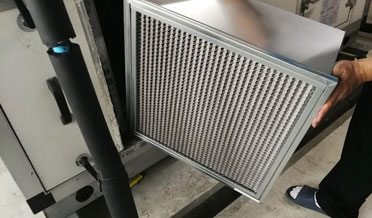Keep Your Cool: Spring HVAC Maintenance Checklist
Winter is welcomed each year simply because it begins with a season of holiday gatherings and merriment. After the New Year celebration is a distant memory, the cold weather and dreary skies set in. Quickly, winter is a season to endure, and everyone awaits the coming of Spring.
Spring brings warmer weather and then hotter weather. In South Texas, the cooling season is much longer than the heating season. Homeowners need to prepare; this is the perfect time to schedule preventative HVAC maintenance for your air conditioner. Maintenance prepares the system for months of constant use, keeps it running efficiently, and hopefully staves off repairs that tend to come at the most inconvenient stretches.
What more can be done to prepare an air conditioner for warmer weather? Here are six steps to assist an air conditioner through the long cooling season.
- Seal the envelope. In contractor terms, the home space is completely surrounded by a building envelope consisting of insulated walls, attics, doors, and windows. Time and weather act to weaken the envelope. Attic insulation may settle, and the constant exposure to weather causes caulking to harden and produce gaps. Reapplying caulk and adding insulation acts to restore the integrity of the building envelope.
Interior structures may also need to be maintained. Over time, gaps in the HVAC ductwork may allow valuable conditioned air to leak into unconditioned spaces. Repairing leaks and insulating the ducts ensures the air conditioner performs well.
- Use window dressings. Solar gain from direct sunlight can easily add 100 to indoor spaces, requiring more frequent cooling cycles. Simply closing the blinds or drapes during the day to keep the sun out can assist the air conditioner in keeping the family comfortable. Remember to open the drapes during the cool of the day and open a window occasionally to add ventilation.
- Clean the condenser unit. Be mindful while mowing or weed-eating during the summer around the outdoor air conditioner condenser. Redirect the lawn clippings away from the condenser, especially while the condenser fan is sucking air through the unit. Dust and sticky pollen also get pulled through the network of tubes and fins, so make sure to clean the condenser with a garden hose annually.
- Change the air filter. This is one of the most common instructions from HVAC technicians. It is also one of the most frequent reasons for air conditioner repair calls—not changing the air filter. The filter is designed to collect airborne particles with each heating and cooling cycle. If the filter is not changed regularly—at least every three months, the collection becomes thick and prevents adequate airflow. Airflow is needed to cool and clean the air. The whole system is forced to work much harder. If anything can go wrong, it usually does when the filter is dirty.
- Program the thermostat. Unless your system is really old, the chances are that your thermostat is programmable. Take the time to program a few temperature changes to enhance the comfort of your home. Don’t be surprised if this also results in energy savings and a lower electricity bill.
- Don’t wait. Don’t wait for the middle of summer, when the temperature is soaring, to schedule your preventative maintenance visit. Don’t wait to make repairs; an air conditioner problem will not improve without maintenance. Don’t wait when you sense something is wrong. Listen for sound changes, notice odd smells, and be aware of subtle changes in humidity. Don’t wait for the system to fail before you make plans to replace it.
Maximize Your AC Efficiency: Essential Spring Maintenance Tips by Mullinix AC
Don’t let the Texas heat catch you unprepared. Following these 6 steps will ensure your AC is ready for the long cooling season ahead. But for a truly worry-free summer, trust the experts at Mullinix AC. Our experienced HVAC maintenance technicians can provide comprehensive spring maintenance, ensuring your system operates at peak efficiency and reliability. Contact Mullinix AC today to schedule your preventative maintenance and keep your cool all summer long.
For more information about R.M. Mullinix and our HVAC maintenance College Station services, schedule an appointment or visit our HVAC replacement and installation information page.
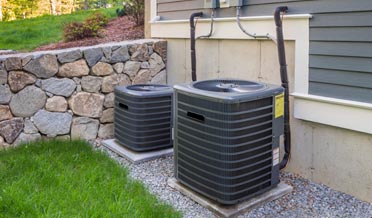


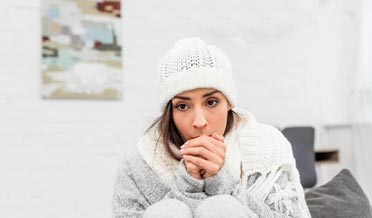
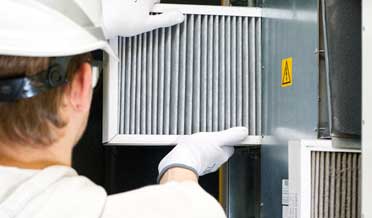
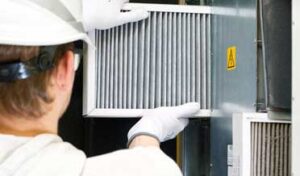 Even perfectly oiled machines don’t remain in tip-top shape without maintenance.
Even perfectly oiled machines don’t remain in tip-top shape without maintenance.
